Our Special Moments
1979
December 8, 1979 – Mandarin was founded by James Chiu, George Chiu, K.C. Chang, and Diana Chiu; all of whom had many years of restaurant experience in Montreal and New York. Together, they moved to Ontario, Canada in 1979 and purchased a small restaurant with Chinese-Canadian décor offering à-la-carte, take-out, and delivery. The restaurant was called “Mandarin” and was located on Queen Street in Brampton, Ontario.

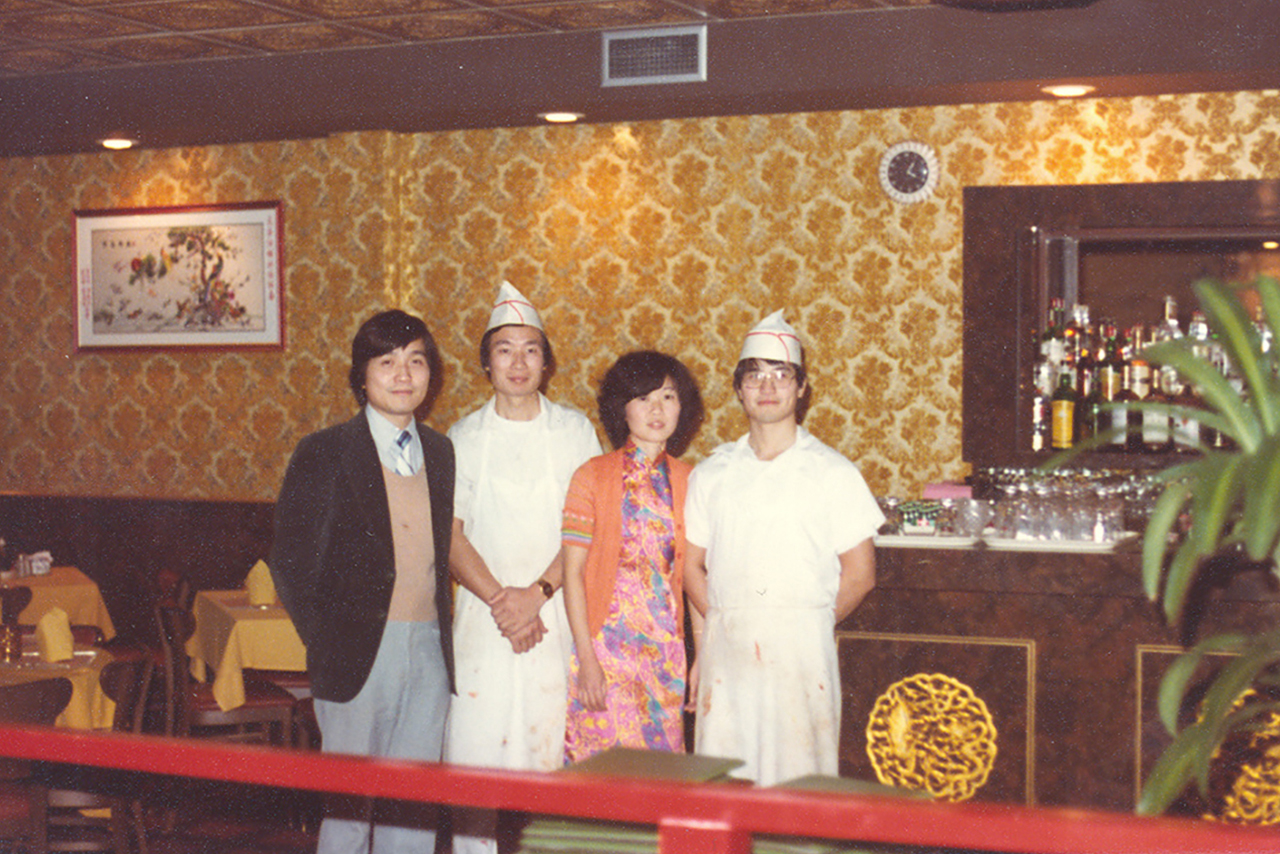


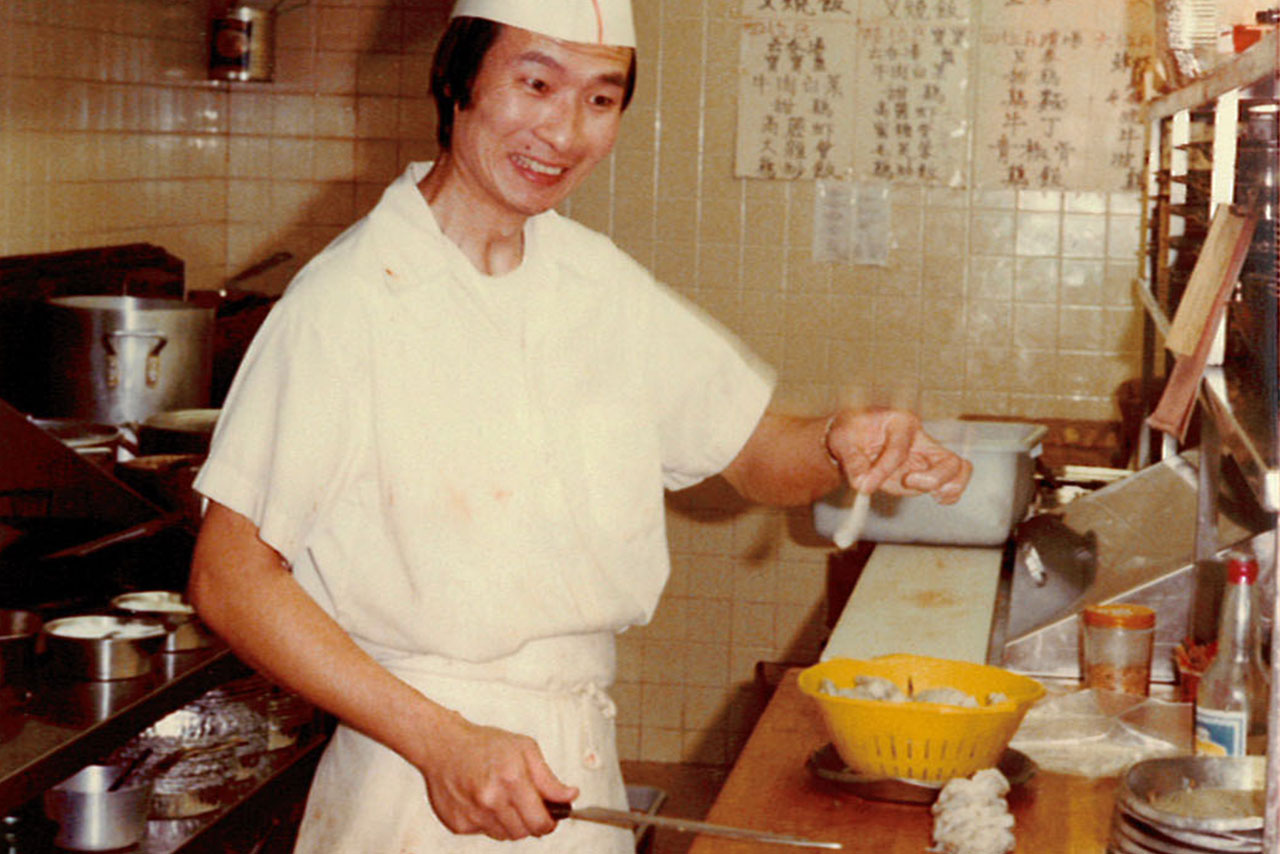


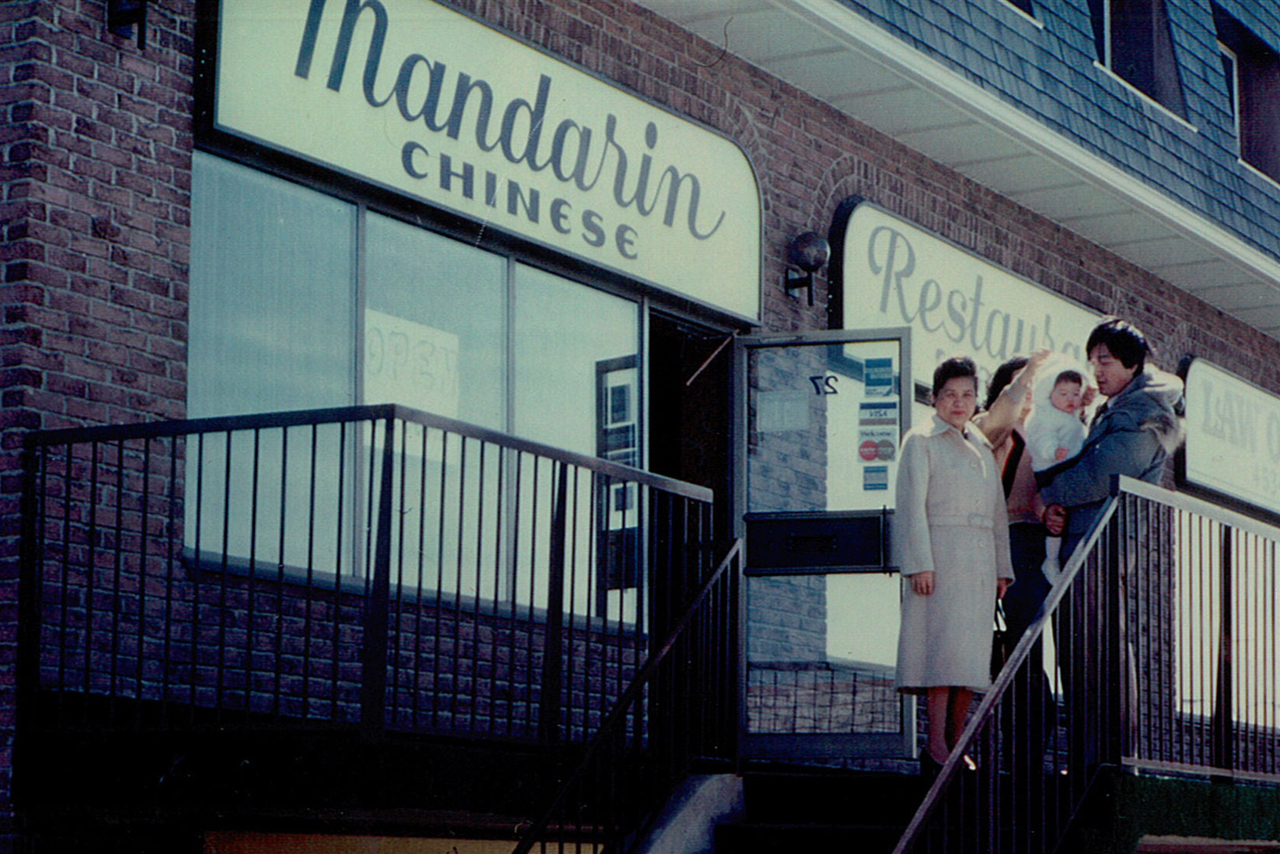

1980s
Customers loved the food and service and line-ups continued to grow. They expanded every year or two to meet demand.
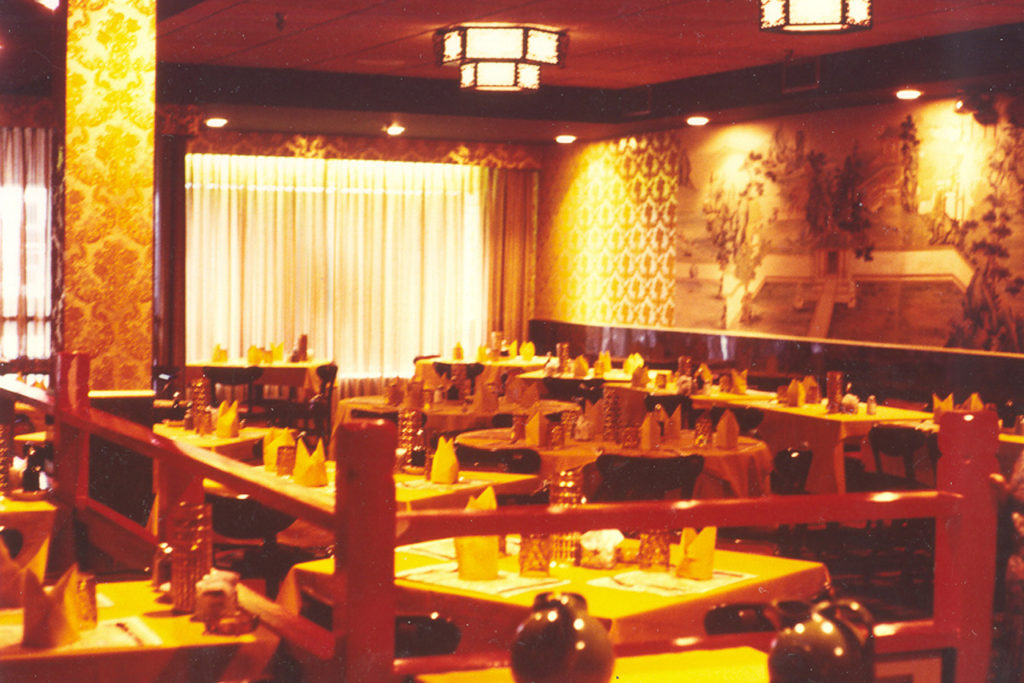

1986
Mandarin Brampton expanded to 9,000 sq ft. and changed to a Chinese buffet concept to accommodate the long line-ups of customers.

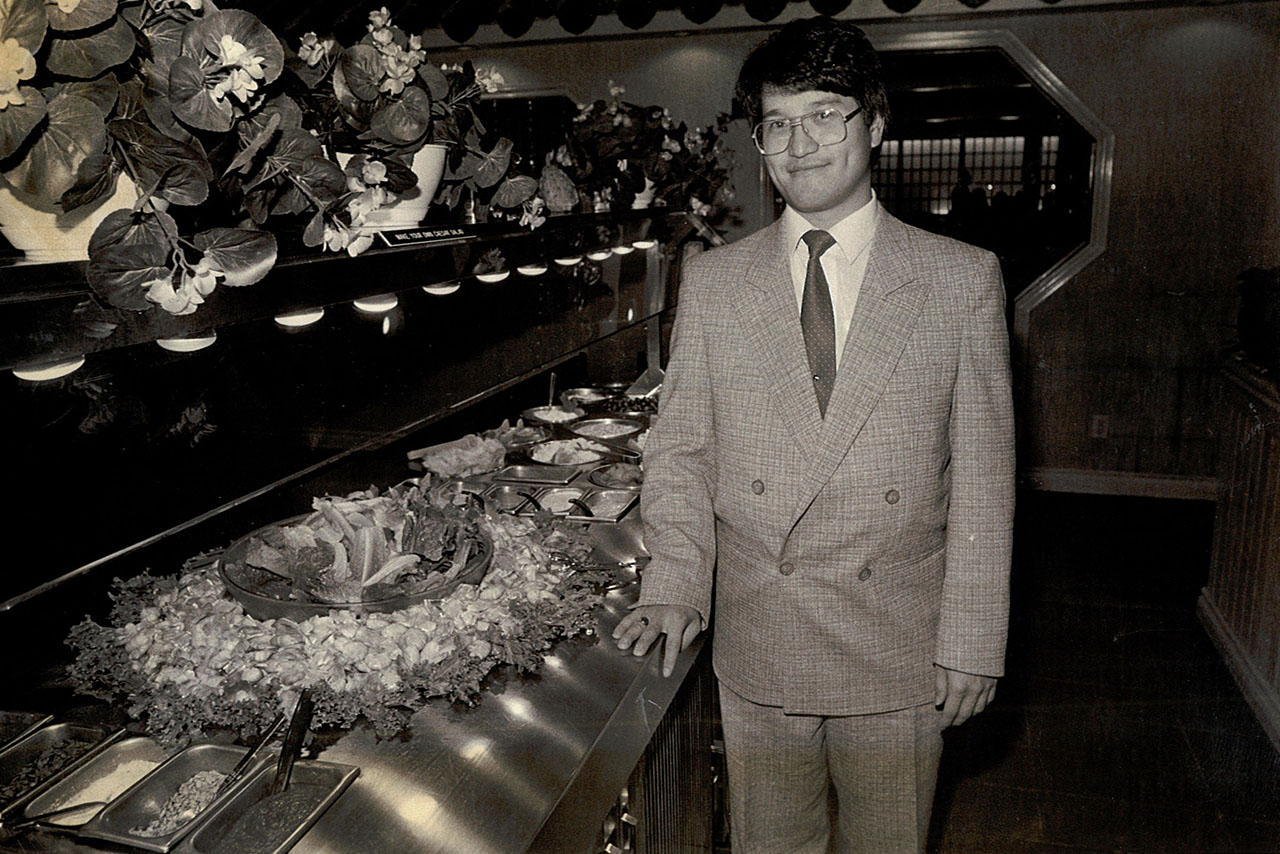


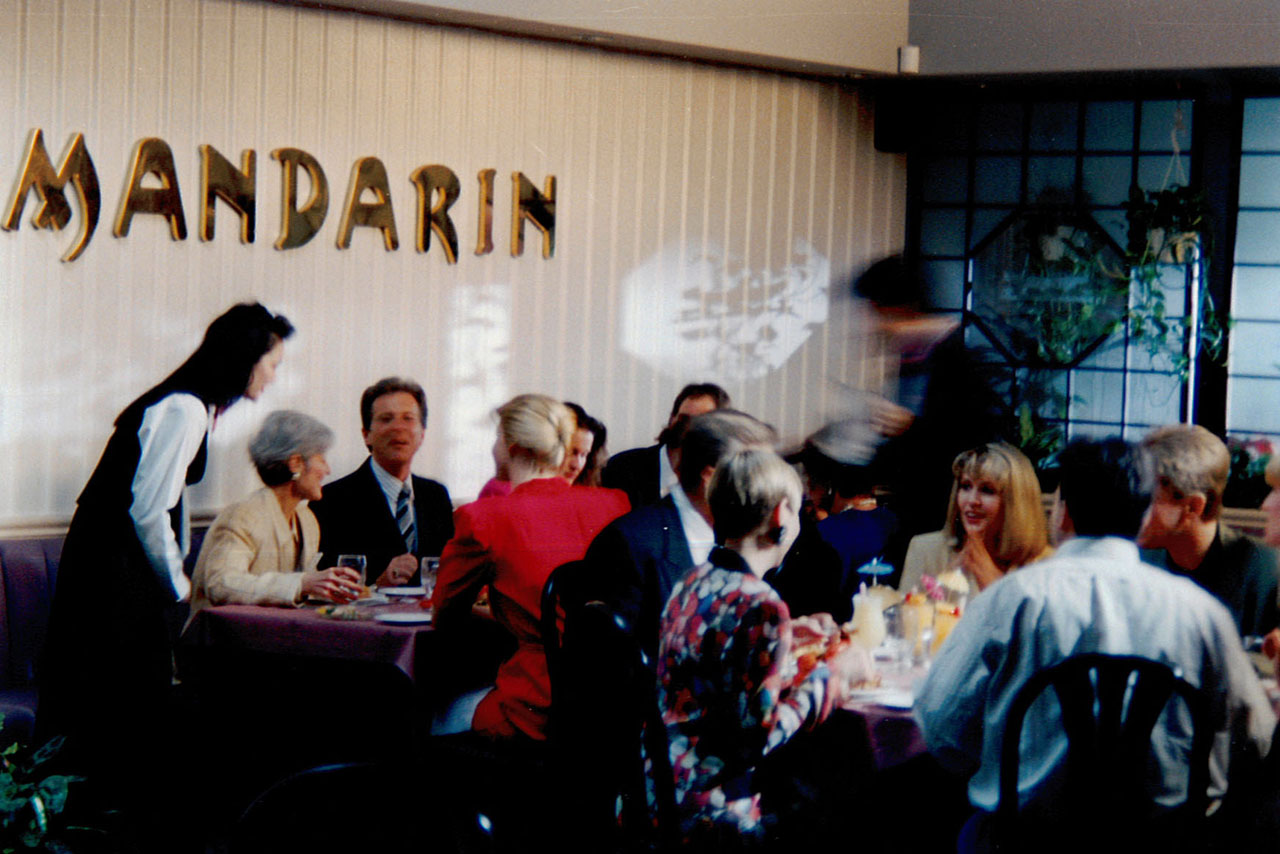

1988
The buffet concept worked well and they decided to expand. In 1988, several loyal and co-operative employees from the original Mandarin became the first partners of the new restaurant located in Mississauga.
1989
Mandarin Head Office was established to accommodate the expanding business.
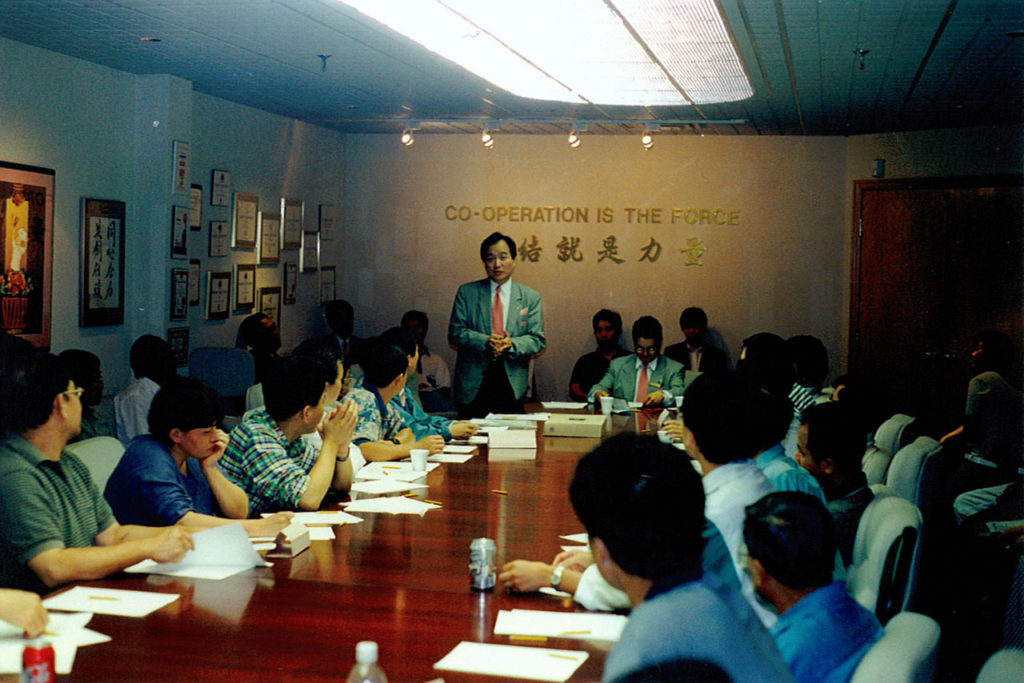

1990s
Mandarin continued to expand and open new locations across Ontario.
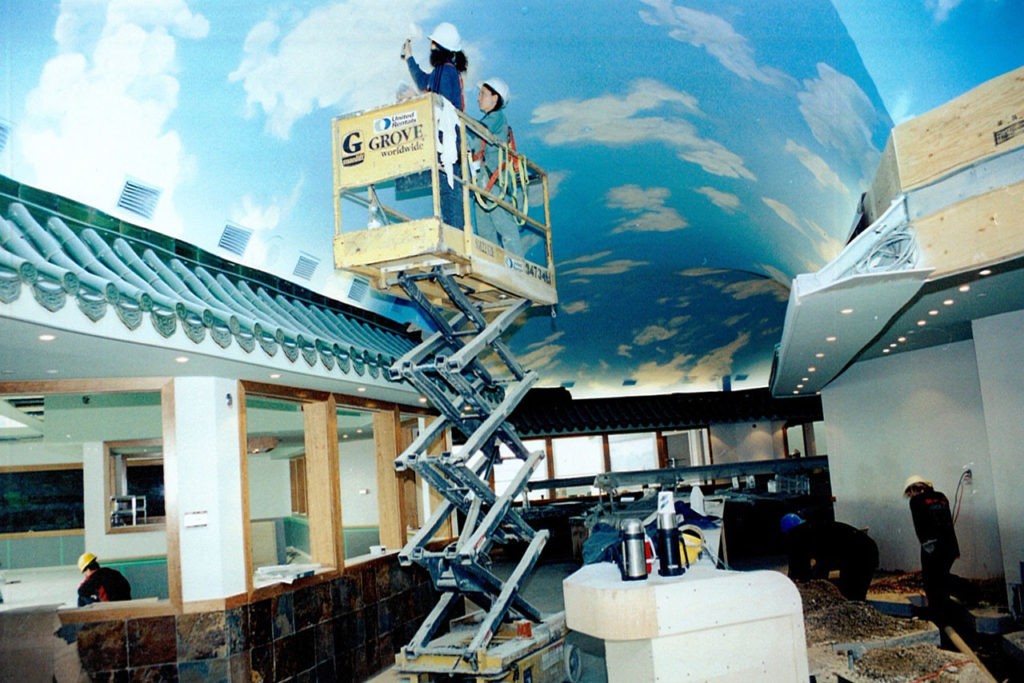

1993
The Grill section was introduced to the buffet with a selection of deliciously seasoned meats and vegetables.

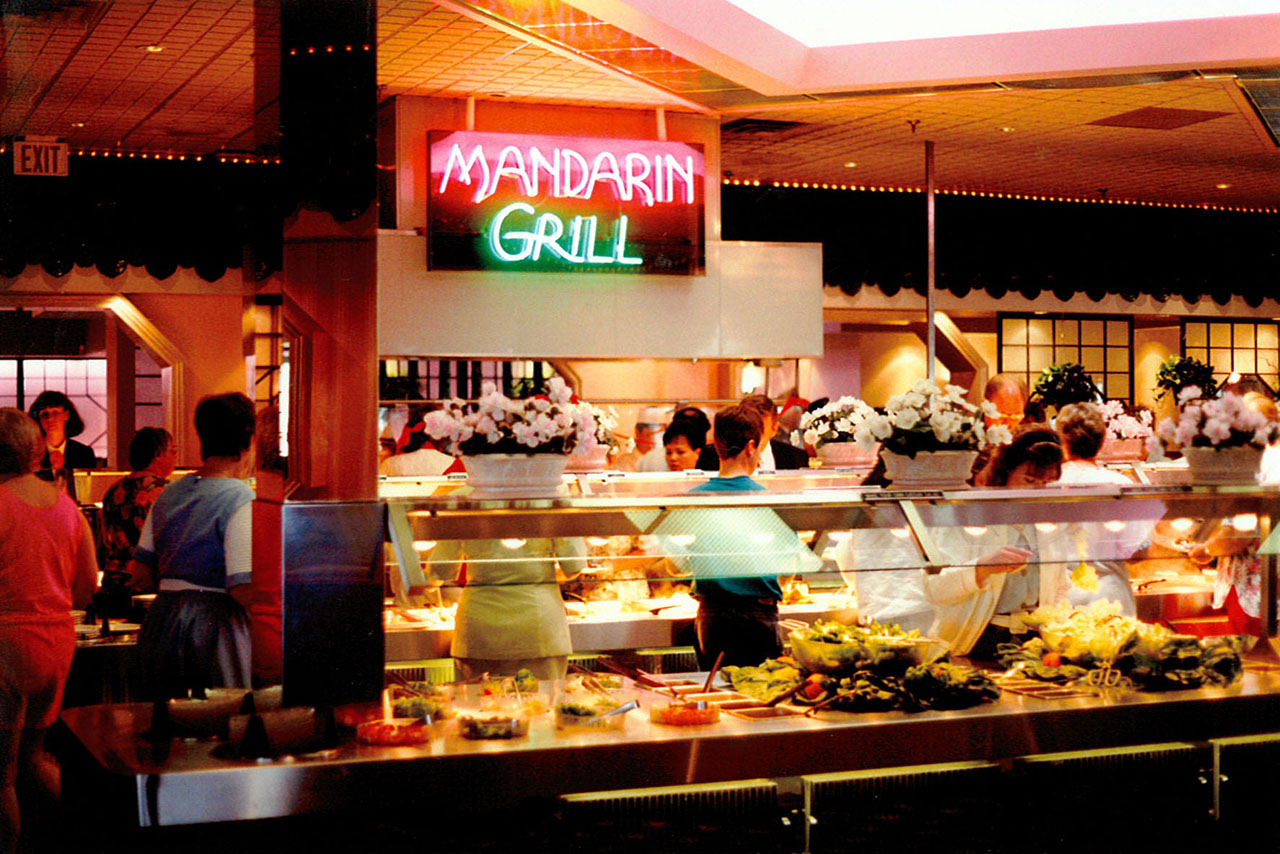


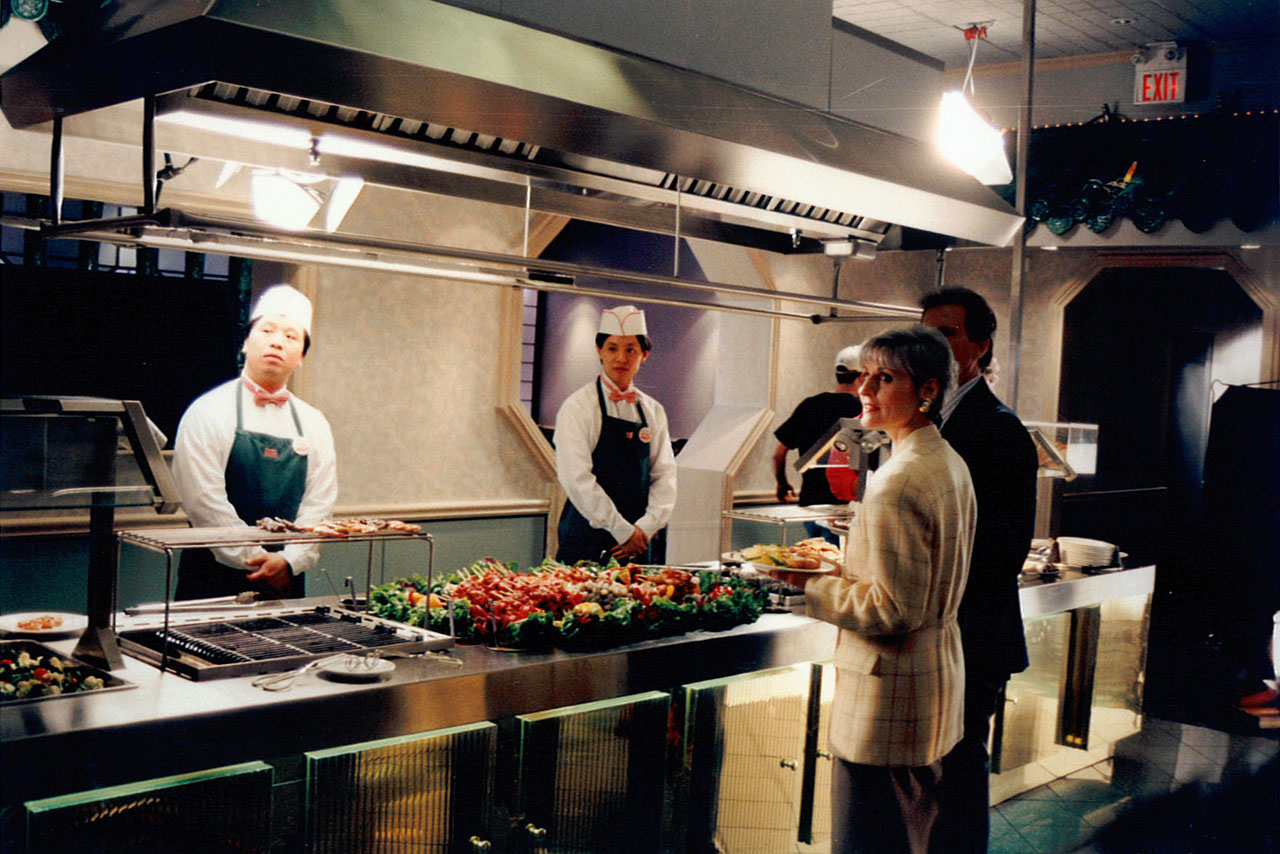

1996
July 1, 1996 – Mandarin held its first Canada Day Celebration, opening the doors to all Canadians for a free buffet meal and serving over 15,000 guests. Mandarin would continue to honour and thank Canada by providing free meals on Canada Day in 2004, 2009, 2014, and 2019. Over 130,000 customers have participated and enjoyed these celebrations.
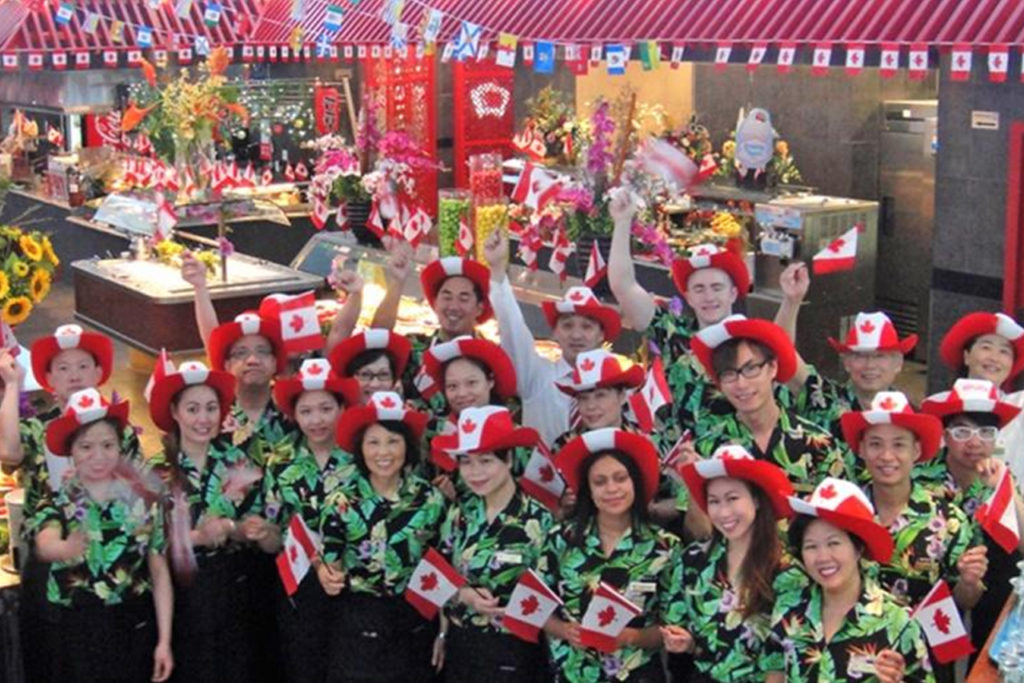

2001
Mandarin broke ground for a new corporate headquarters in Brampton.
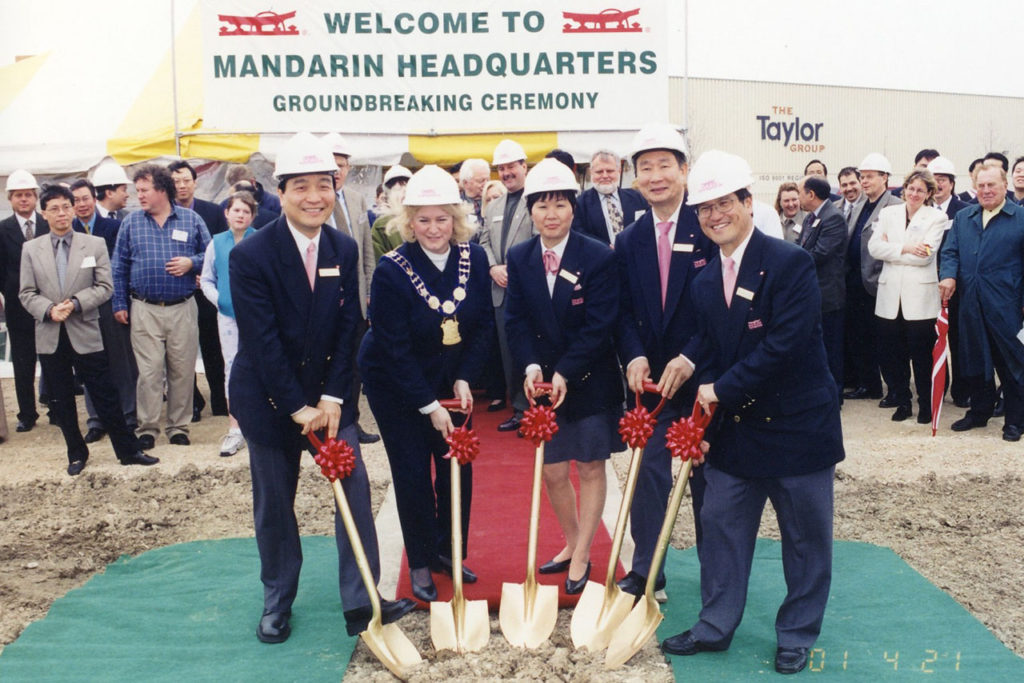

2002
Mandarin corporate headquarters opened with over 62,000 square feet of space including a 20,000 square-foot flagship restaurant complete with a waterfall, aquariums and an aviary; the Garden Banquet and Convention Centre with seating for up to 800 guests; and the Head Office complete with a food safety microbiology lab.
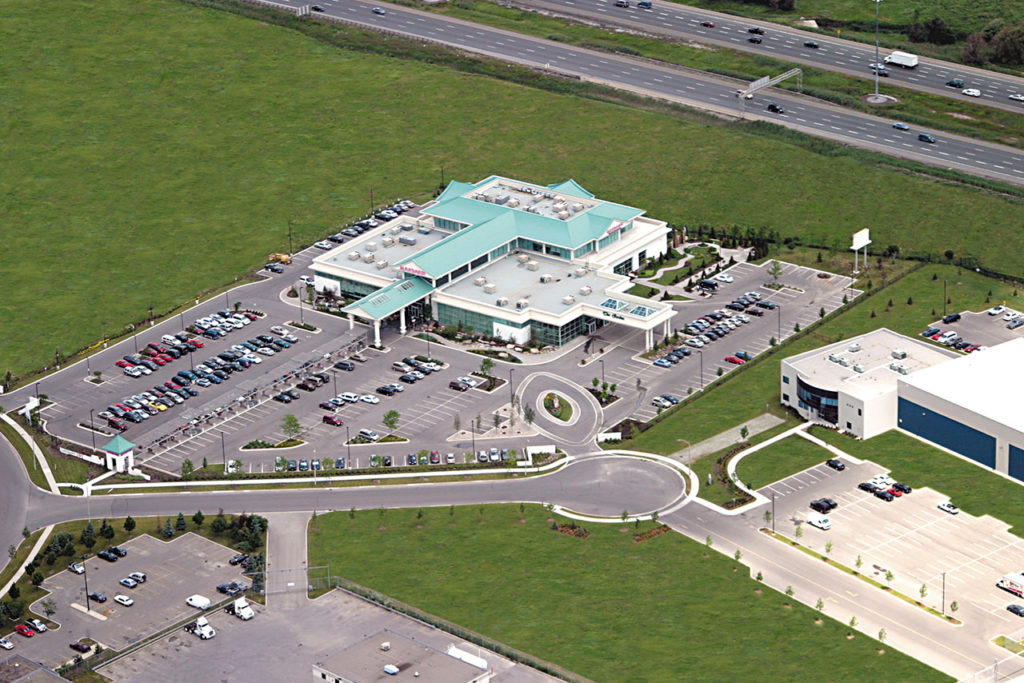

2003
Sushi was introduced to the buffet, freshly made by our Sushi Chefs.
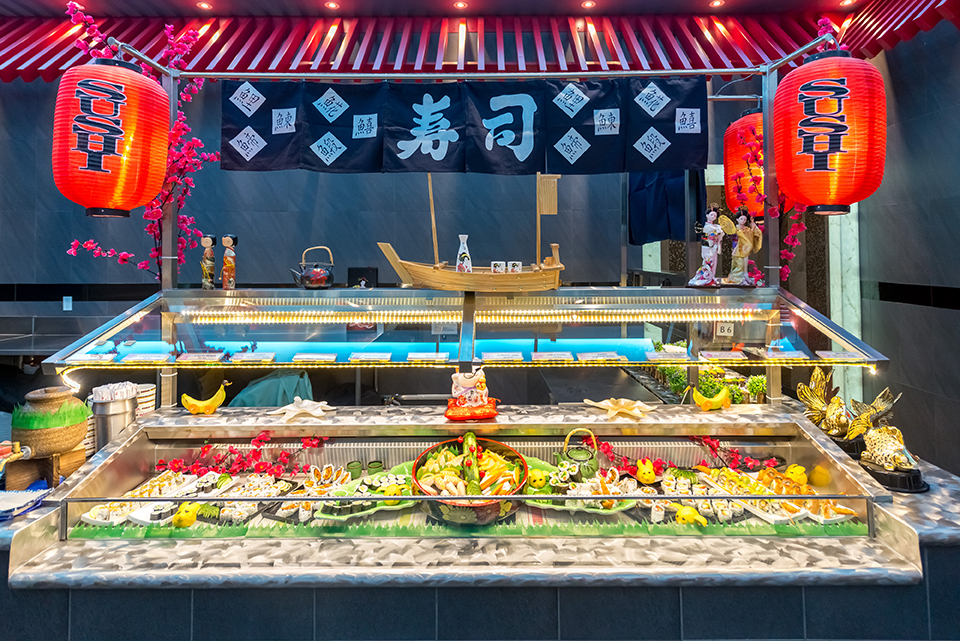

In 2003, Mandarin and its employees completed a five-year commitment and donated $1 million to the Yee Hong Community Wellness Foundation.
2004
Over the years, Mandarin has been proud to donate to various health care organizations and charitable groups to cement its connection with and commitment to the community. In 2004, Mandarin set up the Mandarin Charitable Foundation, a registered foundation, which continues to donate to numerous organizations. To date, the Foundation has donated approximately $4 million dollars.
The Mandarin Scholarship Fund was also established, providing scholarships to current employees and the children of current employees. Mandarin also provides scholarships for students who excel in hospitality programs of post-secondary institutions across Ontario.
Mandarin has been honoured numerous times since it first opened. In 2004, Foodservice and Hospitality magazine named the Mandarin franchise as Company of the Year. Mandarin continues to win numerous consumer choice awards, including being named Best Buffet by leading media publications across Ontario.
2007
Mandarin committed a pledge payment of $1 million in support of the Schulich Heart Centre capital expansion at Sunnybrook Hospital Sciences Centre.
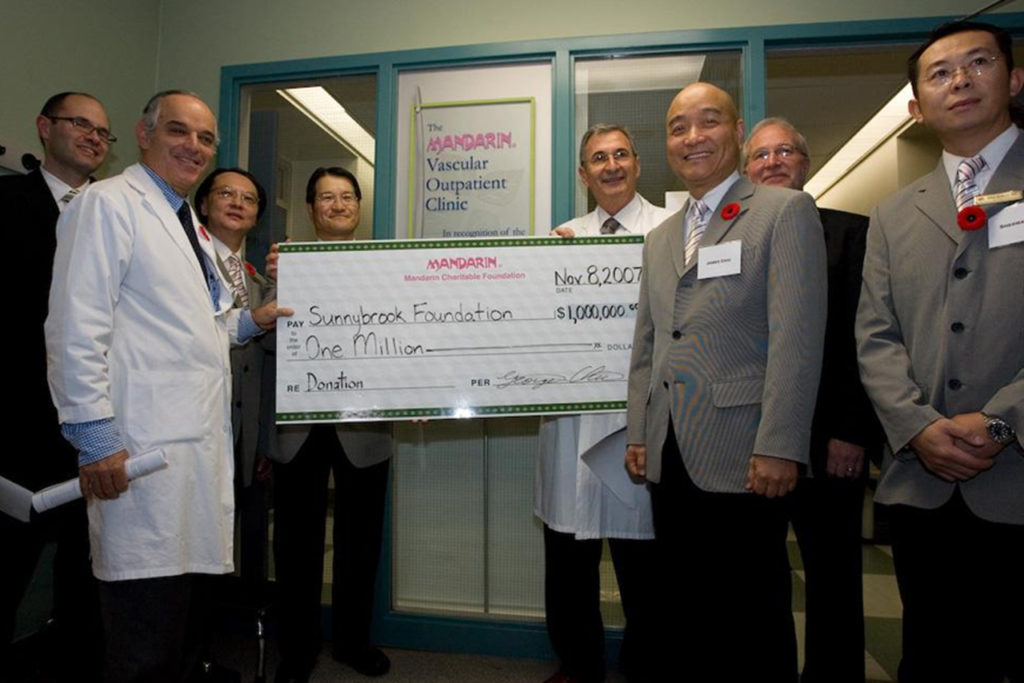

2013
Mandarin continued to add new and innovative items to the buffet. In 2013, Locations began offering all-you-can-eat sashimi, cotton candy and self-serve frozen yogurt.
Mandarin became a major partner of the Multiple Sclerosis (MS) Society and a major sponsor of the Giant Pandas at the Toronto Zoo.
Mandarin was featured in an episode of Undercover Boss Canada.

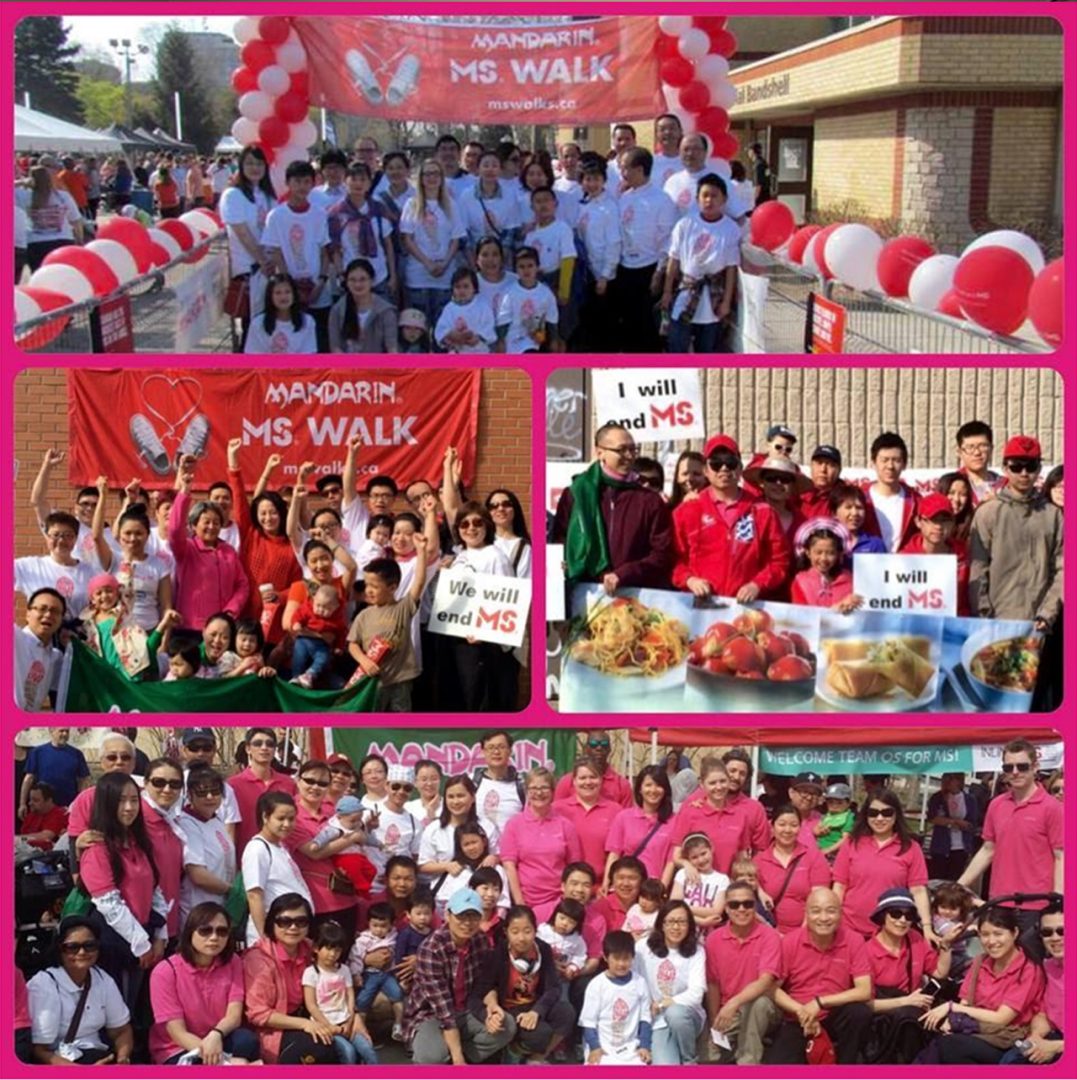




2019
Mandarin celebrates its company milestones with special promotions. In 2019, Mandarin celebrated its 40th anniversary, announcing 40 winners through the company’s year-long “Passport To China” contest. Mandarin’s past anniversaries include sending thirty-five winners and a guest to Japan for its 35th anniversary, sending thirty winners and a guest to Japan for its 30th anniversary, sending twenty-five winners and a guest to China for its 25th anniversary, and sending twenty winners and a guest to China for its 20th anniversary.
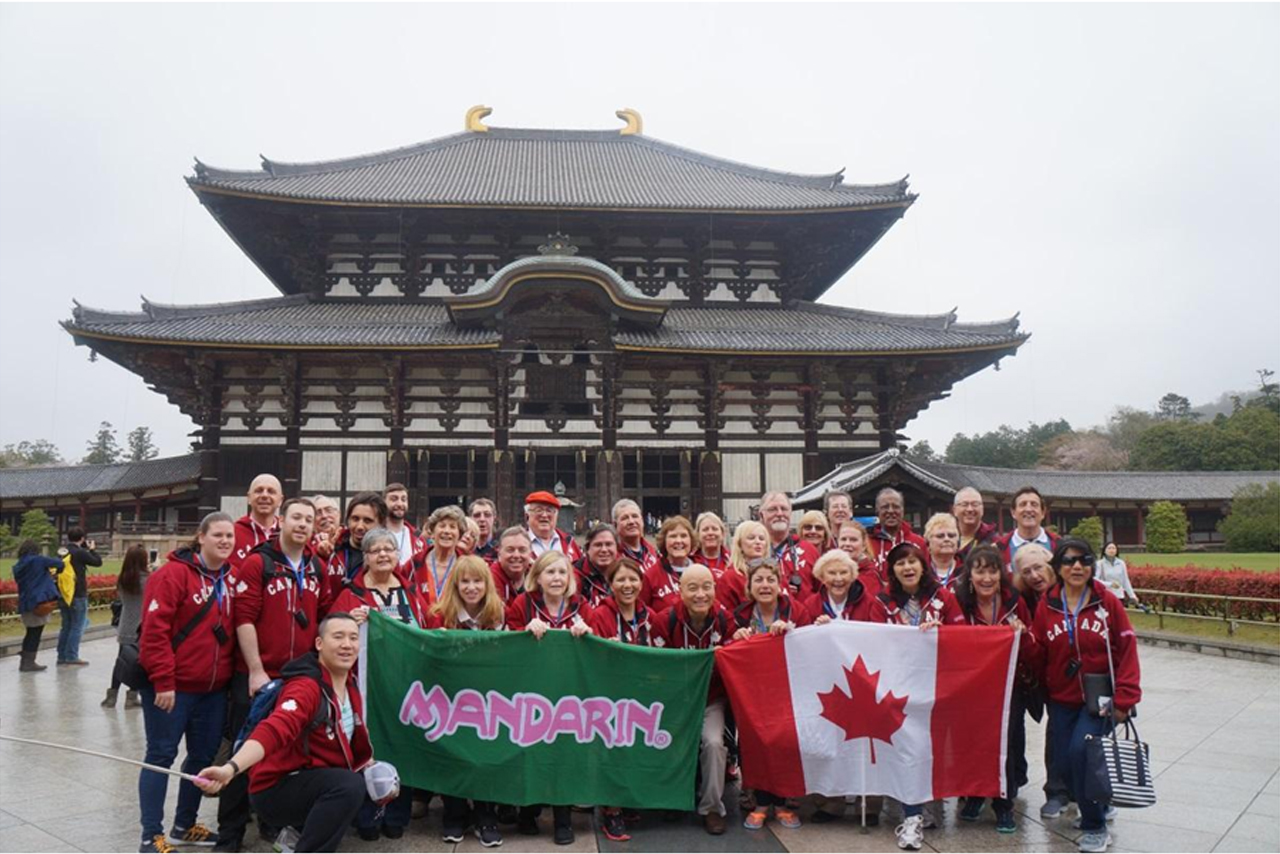

2020
Mandarin introduced Small Eats, a new dine-in service concept where customers choose from a selection of freshly prepared, pay-per-eat Mandarin classics plated small – good for sampling, sharing and served right to your table.
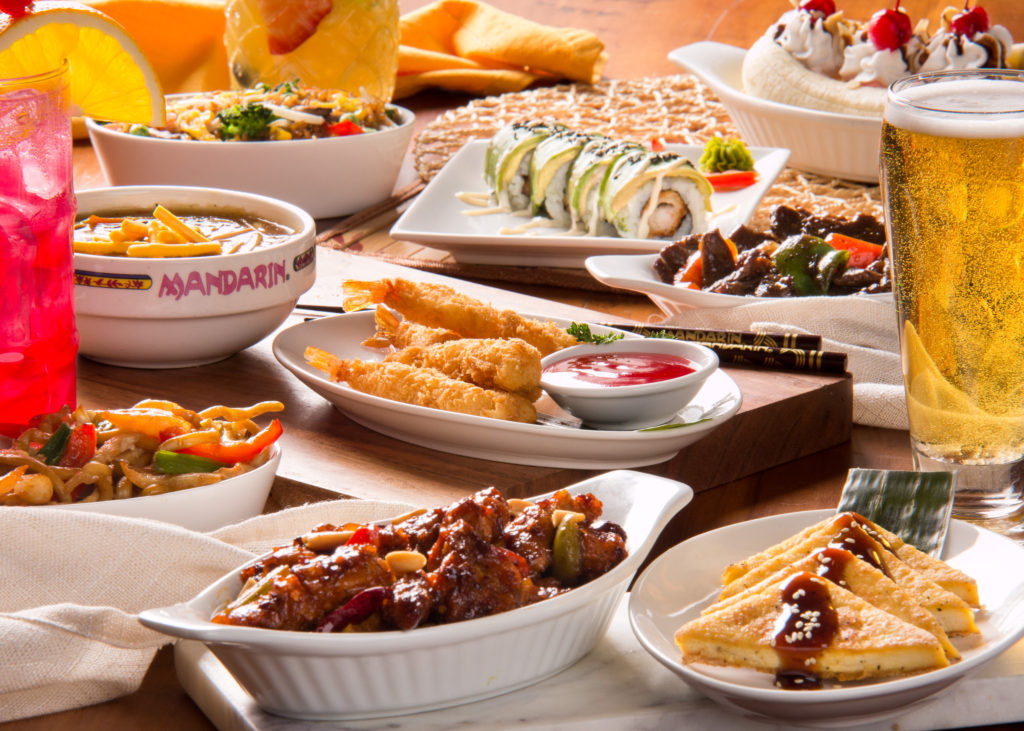

2023
Mandarin has 30 locations across Ontario offering Buffet Dine-In Service, Take-Out and Delivery. The average restaurant size is approximately 12,000 to 15,000 square feet, seating from 300 to 500 diners. Restaurants average 150 feet of buffet tables filled with soups, salads, entrées, grilled food, and desserts. Each location employs approximately 100 people, making Mandarin an employer for well over 3,000 people in Ontario.
2024
Mandarin celebrated its company milestones with new and exciting promotions. In 2024, Mandarin celebrated its 45th anniversary introducing the Make Your Dish Come True contest which ran all year long. The contest featured a record number and range of grand prizes including brand new Cars, Sunny Vacation trips, Cash prizes and Mandarin Buffet for a Year!
A Special Place for Special Occasions
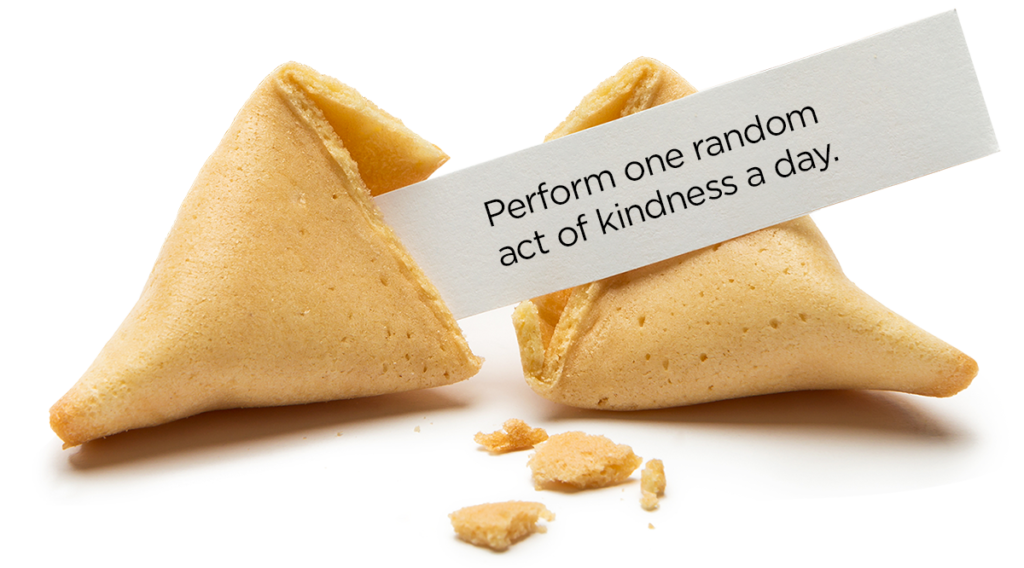



Get the Dish
Sign up for the Mandarin Dish newsletter, and be the first to know about new menu items, special events, and promotions.

